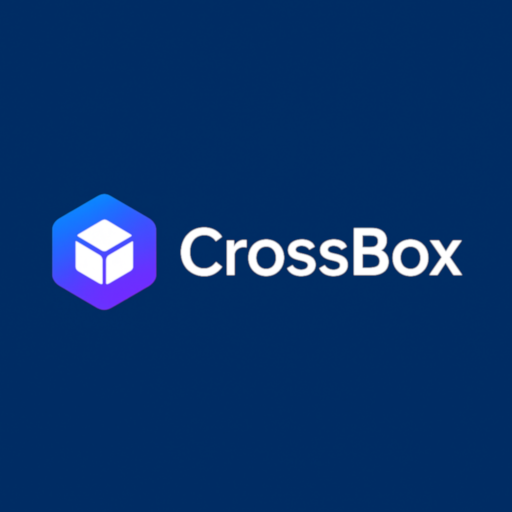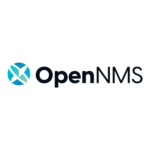Crossbox — When You Want Modern Email Without the Bloat or the Cloud
There comes a point when traditional webmail just doesn’t cut it anymore. Outdated layouts, no real-time features, and zero integration with how teams actually work today. That’s usually when Crossbox enters the picture.
It’s not a Gmail clone. And it’s not some half-baked plugin. It’s a full communication platform — email, chat, voice, video, files, calendar — designed to run on your own terms. No cloud lock-in, no surprise costs, no licensing hoops.
Most importantly? It doesn’t feel like a clunky control panel. The interface is smooth, the apps are responsive, and it handles real-world workloads surprisingly well.
Key Capabilities
| Feature | What It Actually Delivers |
| Self-Hosted | Installed on your own server — keep everything local, private, and flexible. |
| Plug-and-Play Mail Support | Works with Dovecot, Postfix, Exim, Sendmail — no reengineering needed. |
| Modern Webmail UI | Looks and behaves like a native app. Quick, clean, with offline support. |
| Built-In Chat + Video | Real-time messaging and encrypted WebRTC calls. Optional but powerful. |
| Cloud Drive Module | Users can upload, preview, and share files — without a third-party service. |
| CalDAV/CardDAV Ready | Native support for syncing contacts and calendars across devices. |
| Multi-Domain Management | Create isolated environments for each customer, each with its own branding. |
| White-Label Friendly | Drop in logos, colors, and language packs — everything is customizable. |
| Mobile/Desktop Clients | Use it from a browser or install dedicated apps for Linux, macOS, Android. |
| Security as a Baseline | TLS, 2FA, anti-spam, brute-force protection — no extra plugins required. |
Who It’s For
This isn’t built for massive enterprises running clustered Exchange setups. It’s for the folks who still host their own mail — hosting providers, MSPs, in-house IT teams — and need something solid that users won’t hate.
It’s especially handy when:
– Old SquirrelMail or Roundcube installs have outstayed their welcome.
– Clients expect more than just “send and receive” — maybe chat, maybe drive access.
– You want to offer branded mail solutions without getting tied to Google or Microsoft.
– You’ve got a functional mail stack and just need a modern front-end to tie it all together.
– Uptime matters, but simplicity matters more.
Getting It Running (Without the Drama)
*Runs on most Linux distros. Recommended: 2 cores, 4 GB RAM, SSD. Tested on Debian, Ubuntu, AlmaLinux.*
Step 1: Download the Installer
curl -o install.sh https://install.crossbox.io/installer.sh
chmod +x install.sh
./install.sh
Step 2: Open the Admin Interface
When it’s done, log in at:
https://your-domain.com:11443
Step 3: Add Domains and Users
Each domain can have its own branding and settings. Add users manually or via batch import.
Step 4: Hook Up Existing Mail Servers
IMAP/SMTP is enough. No need to migrate mailboxes or touch existing storage.
Step 5: Enable What You Need
Chat, drive, calendar — all modular. Activate per domain. TLS/SSL certificates can be handled automatically.
Last Thought
Crossbox doesn’t try to wow with buzzwords. It just fixes a problem that’s been growing for years: webmail that’s either too old or too locked down. This one sits in the middle — modern, fast, self-hosted, and actually nice to use.
And once it’s set up, it tends to stay out of the way. Which, let’s be honest, is exactly what most sysadmins are hoping for.






